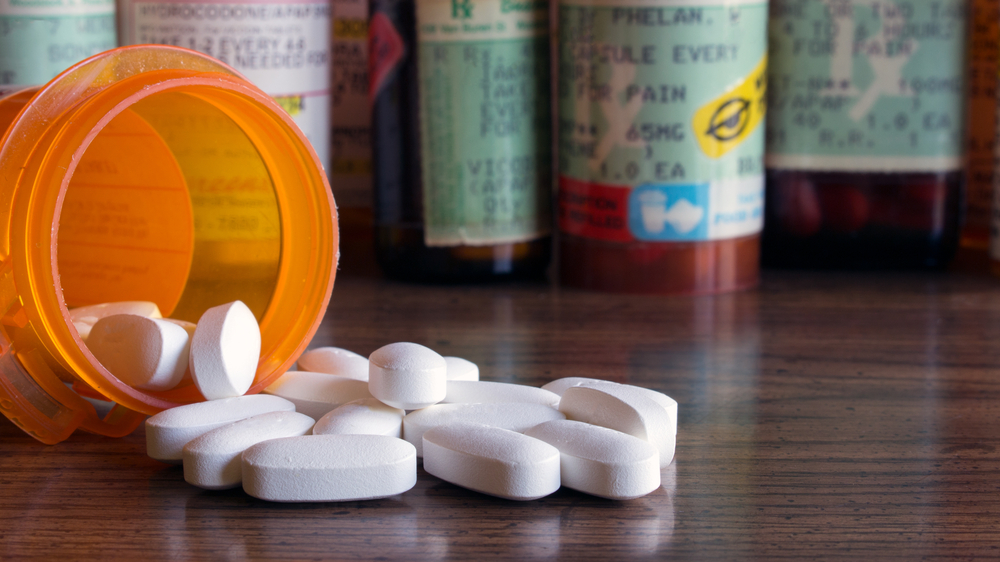


Heroin is making a deadly comeback in America’s suburban communities, catching many families off guard. Once thought of as a drug confined to dark city alleyways, heroin has now seeped into cul-de-sacs and high schools, contributing to soaring opioid overdose rates.
US heroin-related overdose deaths spiked from around 3,000 in 2010 to over 15,000 by 2016. Although heroin deaths dipped in recent years (as fentanyl took center stage), new data suggest heroin use is again surging in suburbia. A 2024 report revealed a significant jump in heroin detection among fentanyl users in Western states over just a few months.
Addiction doesn’t discriminate, experts warn – no community is immune to this crisis. Parents, teens, and even white-collar professionals in wealthy suburbs are now finding themselves tangled in heroin’s web.
To understand heroin’s resurgence, we must retrace its path through the opioid epidemic. For many suburban users, the journey began not in a back alley but at a doctor’s office. Throughout the 2000s, millions became addicted to prescription opioid painkillers (like OxyContin), often after legitimate medical use. As authorities cracked down on prescription abuse in the 2010s, pain pills became harder to get and more expensive.

Many users then turned to heroin, which was cheaper and easier to come by. One study found people who misused prescription opioids were 19 times more likely to start using heroin. In short, the well-intentioned efforts to reduce pill abuse inadvertently pushed a wave of opioid-dependent individuals toward heroin.
If prescription opioids set the stage, synthetic opioids like fentanyl supercharged the crisis. In recent years, fentanyl, an ultra-potent opioid, flooded drug supplies and sent overdose deaths soaring. Traffickers often lace fentanyl into heroin (and other drugs) to boost potency, fueling a deadly contamination problem.
By 2022, a staggering 80% of heroin-related overdose deaths also involved fentanyl. For users, this means playing Russian roulette: even a batch of heroin from a familiar dealer can suddenly contain a fatal dose of fentanyl without their knowledge.
Ironically, fentanyl’s ferocity has led some people to view heroin as the “safer” alternative – a dangerous misconception. There’s a growing anecdotal trend of users in suburban (and even urban) areas seeking out what they believe is “fentanyl-free” heroin, hoping it will carry a lower risk of overdose. But the reality is that truly pure heroin is hard to find.
Many who think they’re avoiding fentanyl still end up ingesting it unknowingly. And even heroin itself is highly addictive and can be deadly, fentanyl or not. As some public health experts put it, the image of the typical heroin user needs updating – it’s not just the strung-out person under a bridge, but also the teenager experimenting at a party or the professional maintaining a facade of normalcy.
There are also supply fluctuations at play. Some data suggests that when fentanyl becomes scarce or less potent, heroin use rebounds as a fallback. In 2024, for example, Western US clinics saw a sharp rise in heroin-positive drug tests, which experts linked to a temporary fentanyl shortage and dealers substituting heroin to meet demand. All these factors have combined to bring heroin back into circulation in communities that once thought the worst was over.
One of the most disturbing aspects of this suburban heroin comeback is who it’s affecting. Teenagers in well-to-do communities are experimenting with opioids, sometimes progressing from pilfered pain pills to heroin. They may know the dangers – schools have long taught “just say no” – but adolescent psychology favors reward over risk.
“Adolescents are simply more likely to take the risk if the option is available,” notes one psychologist, especially with drugs as addictive as heroin and fentanyl. In affluent areas, teens face unique pressures: high expectations, academic stress, or the simple thrill of rebellion in an otherwise comfortable life. Unfortunately, the result can be the same heartbreaking outcome seen elsewhere.

It’s not only youth. Parents and professionals in the suburbs are also grappling with hidden addiction. Plenty of adults became hooked on opioids through legitimate prescriptions for back injuries or surgeries. When the refills stopped, some quietly shifted to heroin to stave off withdrawal. These people often maintain outward stability, holding jobs, raising families, all while battling a worsening substance use disorder in secret.
The stigma in tight-knit suburban communities can be intense; PTA moms, executives, and even healthcare workers may go to great lengths to hide their heroin or pill habit. According to addiction experts, “Addiction never impacts just one person. There’s such a deep effect it has on spouses and children and parents.” In many cases, relatives are shocked to discover the addiction only when a crisis hits: an overdose, an arrest for stealing to fund the habit, or another health emergency.
Indeed, suburban law enforcement has noted increased drug-related crime that often accompanies rising heroin use. Police and courts are encountering more cases of otherwise ordinary people involved in offenses like shoplifting, theft of family valuables, or forging checks – desperate actions to finance their addiction. Such incidents shatter the illusion that suburban neighborhoods are insulated from the drug trade.
Given the alarming spike in opioid overdoses, harm reduction strategies have become essential in urban areas. These measures aim to prevent overdose deaths and other health issues, even if someone isn’t yet able to quit using. A cornerstone of harm reduction is making naloxone (Narcan) readily available.
Naloxone is a nasal spray that can rapidly reverse an opioid overdose. Today, many suburban police and EMTs carry it, and programs train parents, teachers, and even teens to administer Narcan in an emergency. States have expanded access so community members can obtain naloxone without a prescription. This simple step has already saved countless lives by reviving people who would otherwise stop breathing from an overdose.
Communities are also pushing for fentanyl test strips and education on safer use practices. Test strips let users check drugs for fentanyl before using, alerting them to ultra-potent batches. While abstaining from drug use is the ultimate goal, public health experts recognize that tools like these meet people “where they are” and can buy time until treatment is sought. Other harm reduction efforts include syringe exchange programs (to provide clean needles and prevent the spread of diseases like hepatitis C and HIV).
Historically, suburban and rural areas have lacked these services, but the need is clear. One Connecticut study found that over half of suburban injection heroin users had no idea they’d contracted hepatitis, mainly due to a lack of local needle exchanges and education. “We need to help these people where they live and make resources available to address a growing epidemic,” urged Yale researcher Dr. Robert Heimer, noting that failing to do so is essentially “a failure of the health care system.”
Early intervention is equally critical. Families should be proactive if they notice warning signs of opioid or heroin use – for example, missing medications, secretive behavior, sudden money troubles, or drug paraphernalia. It’s a tough conversation, but talking openly with teens about the risks of opioids (prescription or otherwise) can dispel myths and encourage smart choices. If a loved one is struggling, experts recommend not waiting for “rock bottom” to act. Encourage them to seek help from reputable addiction treatment facilities.

Many suburbs now have outpatient clinics or can connect families to nearby rehab centers that specialize in heroin overdose prevention and treatment. There are also free support groups like Nar-Anon and Al-Anon for family members, so parents and spouses can learn how best to support their loved one and themselves. As recovery advocates often remind us, people need connection. No one should fight addiction alone, and bringing the issue into the open is the first step towards healing.
The resurgence of heroin in suburban communities is a stark reminder that the opioid crisis is a nationwide public health battle, not confined to any one ZIP code. The good news is that awareness is growing, and with it, a determination to respond. Schools are stocking naloxone and teaching students about fentanyl. Parents are banding together to share resources and watch out for each other’s kids.
Some areas are pioneering “deflection” programs that divert those with substance abuse issues into addiction treatment instead of jail, recognizing that long-term recovery, not punishment, is the solution. And across the country, people are spreading the message that addiction is an illness, not a moral failing, which helps reduce the shame that keeps so many hiding in silence.
If you or someone you love is affected by heroin or opioid addiction in a suburban area, don’t hesitate to reach out for help. Treatment works, and early intervention can save lives. This might mean consulting with a healthcare provider about medication-assisted treatment (like buprenorphine or methadone), joining a local support network, or even considering a stay at a reputable rehab center.
More Than Rehab (MTR), for example, is one organization focused on providing evidence-based care to individuals and families facing opioid addiction, including those in suburban and rural areas. Recovery is absolutely possible – many former users and their families are living proof – but it starts with taking that brave first step.


